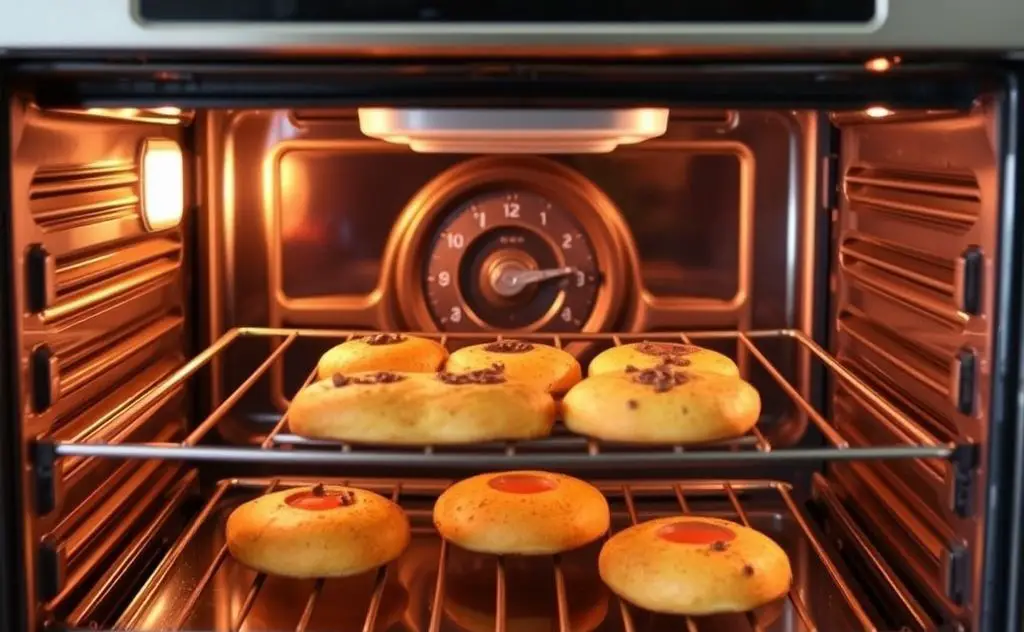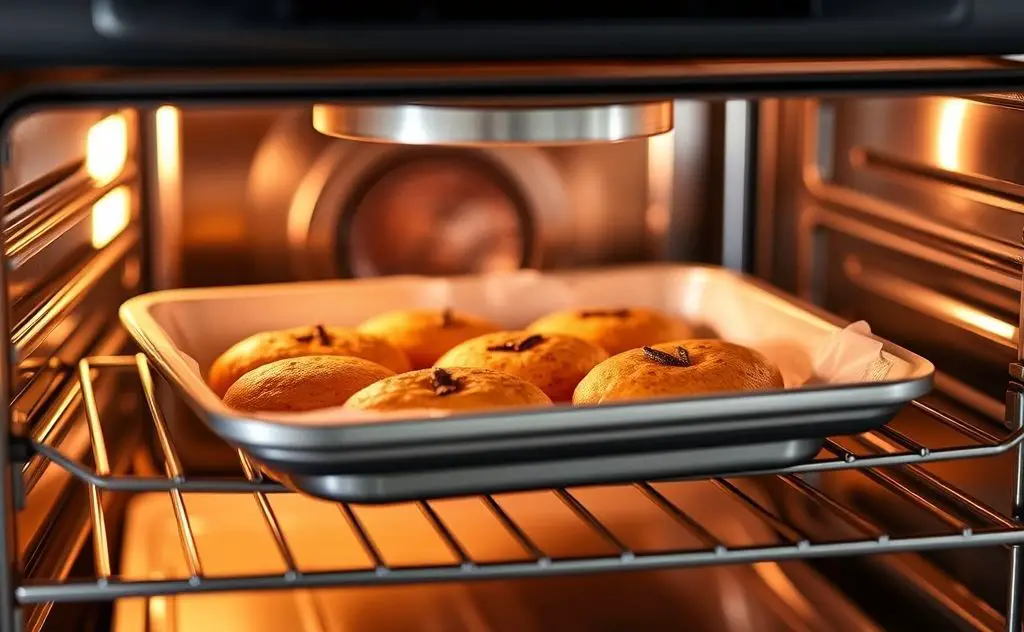Convection ovens are excellent for baking as they provide even heat distribution, resulting in perfectly baked goods with a nice, golden crust.
Convection ovens have revolutionized home baking with their fan-forced air circulation system. But are they truly better for baking than conventional ovens? The answer depends on what you’re baking and the results you want to achieve.

How Convection Ovens Work
Convection ovens differ from conventional ovens through their use of a fan and exhaust system:
- Built-in fan circulates hot air throughout the oven cavity
- Exhaust system removes moisture from the cooking environment
- Some models feature a third heating element (true convection)
- Heat distribution is more even than conventional ovens
This technology is similar to what you’ll find in built-in gas heaters, where even heat distribution is crucial for performance.
True Convection vs Regular Convection
True convection ovens (also called European convection) include a third heating element near the fan, providing more consistent temperatures. Regular convection ovens simply circulate existing heat with a fan.

Benefits of Convection Baking
1. Faster Cooking Times
Convection ovens typically cook food 25% faster than conventional ovens. The moving air transfers heat more efficiently to food surfaces.
2. More Even Baking
The circulating air eliminates hot spots, meaning cookies on all racks brown evenly. This is particularly useful when baking multiple trays simultaneously.
3. Better Browning
Convection creates drier heat that promotes superior browning and crisping – perfect for roasted vegetables, pizza crusts, and pastries.
4. Energy Efficiency
Faster cooking times mean less energy consumption. According to Energy.gov, convection ovens can reduce energy use by 20%.
Best Foods for Convection Baking
| Food Type | Why It Works Well |
|---|---|
| Cookies | Even browning on all racks |
| Pies | Crispier crusts |
| Roasted meats | Better exterior browning |
| Vegetables | Enhanced caramelization |
| Pizza | Crispier crust |
When to Avoid Convection
While convection excels at many baking tasks, it’s not ideal for all foods:
- Delicate cakes: Moving air can cause uneven rising
- Soufflés: May collapse from air circulation
- Custards: Can develop unwanted skin or cracks
- Quick breads: Might rise unevenly
For these items, the gentler heat of a conventional oven works better. The same principle applies when choosing low wattage heaters for delicate heating needs.
Temperature Adjustments for Convection
When using convection, you’ll typically need to:
- Reduce oven temperature by 25°F
- Check for doneness earlier than recipe suggests
- Use light-colored baking sheets for even browning
- Avoid overcrowding the oven to allow proper air flow
Convection vs Conventional: Key Differences
| Feature | Convection Oven | Conventional Oven |
|---|---|---|
| Heat Distribution | Even with fan | Uneven, heat rises |
| Cooking Time | 25% faster | Standard |
| Energy Use | More efficient | Less efficient |
| Best For | Roasting, multi-rack baking | Delicate baked goods |
According to a study by Consumer Reports, convection ovens consistently produce better results for most roasting and baking tasks when used correctly.
Tips for Baking Success
1. Know Your Oven
Every convection oven behaves slightly differently. Experiment with familiar recipes to learn its quirks.
2. Use the Right Bakeware
Low-sided pans work best to allow air circulation. Avoid dark pans which can over-brown.
3. Rotate Pans
While convection is more even than conventional baking, occasional rotation ensures perfect results.
4. Don’t Overcrowd
Leave space between pans and oven walls for proper air flow – similar to proper spacing needed for radiator room heaters to function optimally.
Specialty Convection Features
Modern convection ovens often include advanced features:
- Convection roast for meats
- Convection bake for pastries
- Convection broil for quick browning
- Dual convection (top and bottom fans)
- Auto conversion (adjusts conventional recipes)
